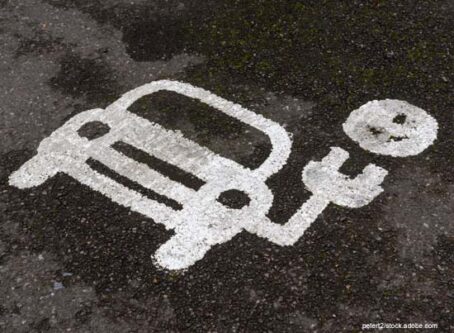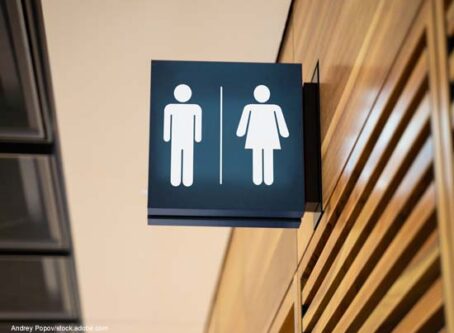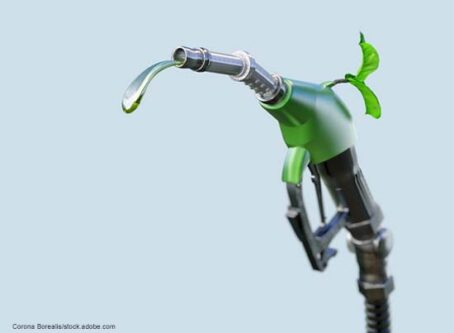What does U.S. DOT’s Automated Vehicles 3.0 mean for trucking?
The U.S. Department of Transportation recently released the third version of its automated vehicles guidelines. Whereas the first two versions omitted commercial vehicles, the latest guideline includes large trucks and addresses the implications on the workforce.
Titled “Preparing for the Future of Transportation: Automated Vehicles 3.0,” the latest version expands upon, rather than replaces, the previous two versions. Most of the same guidelines from the past two years still apply, including provisions that make it voluntary for manufacturers to adhere to guidelines and submit information.
New provisions related to trucking industry
Perhaps the most significant change in the commercial motor vehicle industries is the following statement within the Automated Vehicles 3.0 document:
“In general, subject to the development and deployment of safe (automated) technologies, the Department’s policy is that going forward FMCSA regulations will no longer assume that the CMV driver is always a human or that a human is necessarily present onboard a commercial vehicle during its operation.”
Another key issue for commercial vehicle industry stakeholders is job displacement. During a media conference, Transportation Secretary Elaine Chao announced that the U.S. DOT plans to launch a joint initiative to evaluate workforce implications of AV technology. Other departments participating include the Department of Labor, Department of Commerce and the Department of Health and Human Services.
“Entities involved in developing and deploying automation technologies may want to consider how to assess potential workforce effects, future needs for new skills and capabilities, and how the workforce will transition into new roles over time,” the report says. “Identifying these workforce effects and training needs now will help lead to an American workforce that has the appropriate skills to support new technologies.”
As addressed earlier this year through public comments, the Federal Motor Carrier Safety Administration will be tasked to review any form of regulatory barriers posed by existing regulations, including emissions standards, human-related requirements (drug testing, hours of service, CDLs, physical qualifications, etc.) and exemptions.
FMCSA will maintain safety authority over commercial motor vehicle operations, drivers and maintenance as it applies to automated technology. Although AV 3.0 does not instruct FMCSA how to regulate AV technology, it does suggest to “avoid unnecessary barriers to the development of” automated technology in commercial vehicles.
In the case a state or local law interferes with the application of FMCSRs related to automated technology, the U.S. DOT has preemptive authority. This includes minimum qualifications and limitations on CDLs.
FMCSA also plans to continue to hold public demonstrations of new AV technology, much like it did with truck platooning on the Interstate 66 corridor.
Regarding intermodal port facility operations, the Maritime Administration and FMCSA are jointly exploring how Level 4 truck automation might improve operations. The U.S. DOT recognizes that commercial vehicle drivers must wait in slow-moving queues for hours to pick up or deliver a load. MARAD and FMCSA are evaluating how automation might relieve the burden on a driver under these circumstances, and, in particular, the regulatory and economic feasibility of using automated truck queueing as a technology solution to truck staging, access, and parking issues at ports.
The USDOT also suggests that state enforcement agencies should refrain from selecting CMVs equipped with automated driving systems (ADS) solely because the vehicle is equipped with advanced technology. States are encouraged to partner with FMCSA to develop appropriate roadside inspection procedures and inspection criteria for use in examining ADS-equipped CMVs.
What now?
For the most part, everything contained in Automated Vehicles 3.0 are mere suggestions and loose guidelines, nearly all of which are voluntary. Federal government agencies, including FMCSA, have already begun the process of introducing new regulations and standards through listening sessions and Advance Notice of Proposed Rulemakings.
Nearly all of the guidelines introduced in the first two versions apply to the latest version. The key difference with the latest version is that it includes nearly all modes of transportation, including the trucking industry.
Secretary Chao acknowledged that the automated vehicle industry has not yet won public acceptance, citing reports of three-fourths of Americans are afraid of being in a driverless vehicles. This distrust is only exacerbated with reports of AV crashes. However, Chao said AV technology will never be realized without public acceptance.
As of Tuesday, Oct. 9, the U.S. DOT is accepting comments on “Preparing for the Future of Transportation: Automated Vehicles 3.0.” The comment period will last 60 days. Click here for more information.
The U.S. DOT is also accepting comments regarding the scope of study on the impact of AV technology on the workforce. All comments must be submitted no later than Nov. 5. More information about that comment period can be found here.









